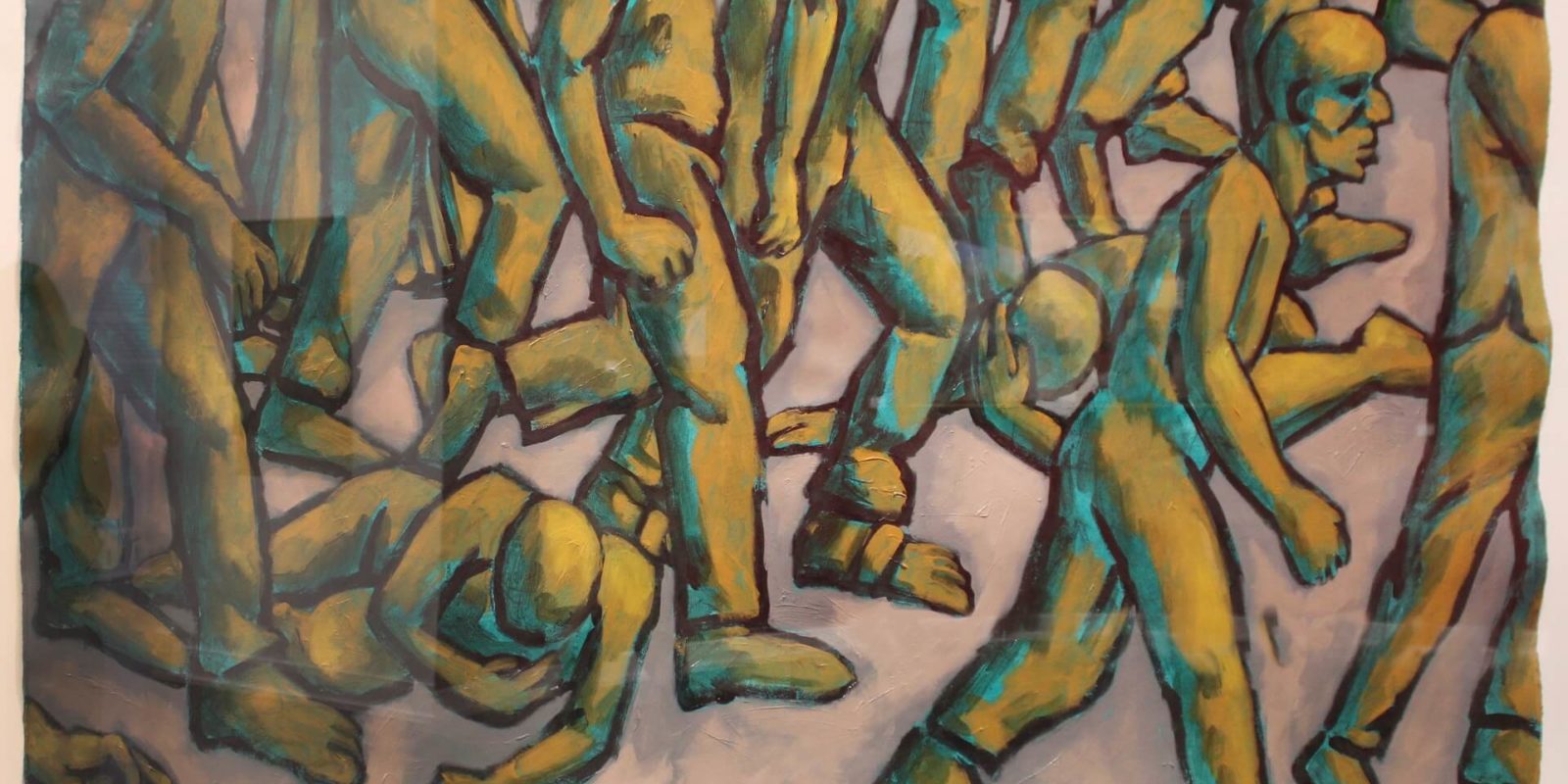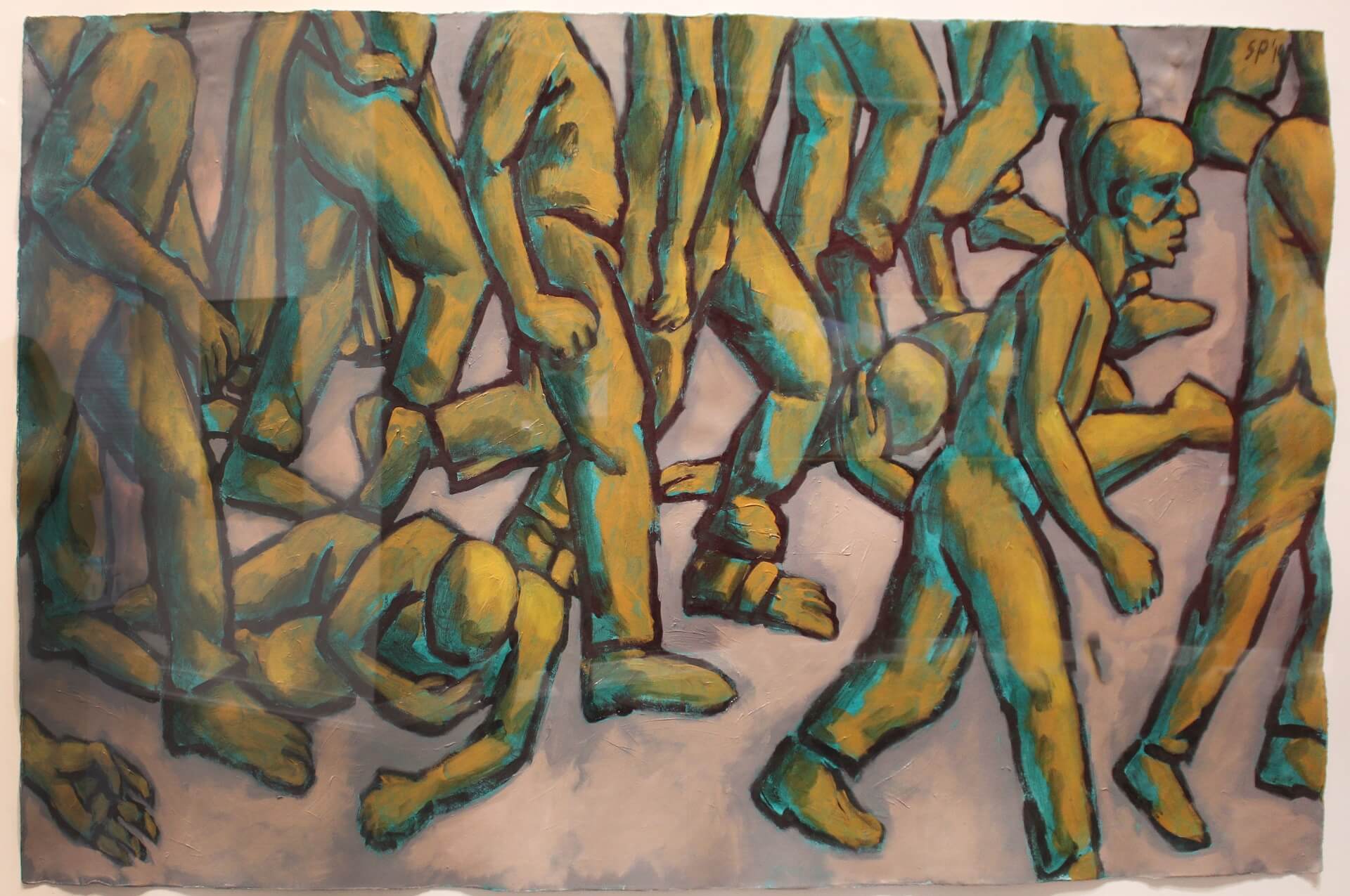Sudhir Patwardhan’s Retrospective Showcases the Constant Interplay Between a Palpable Materialism and Philosophical Idealism
The exhibition is on display until February 12, 2020 at the National Gallery of Modern Art, Mumbai, India.
The National Gallery of Modern Art, Mumbai with support by The Guild is presenting Walking through Soul City, Sudhir Patwardhan: A Retrospective. Over two hundred significant artworks, spanning over five decades have been included in this retrospective. The works have been loaned from public and private museums, including private collections, allowing access to rare iconic works for this retrospective. Three of the artworks are from NGMA’s collection.
“Patwardhan was socialised in Marxist thought in the early 1970s while studying medicine in Pune. He chose to become a radiologist and set up practice in Thane while continuing to paint and exhibit regularly. Inevitably, then, he brings his scientific training to bear on his artistic practice, experience his scalpel-like observation of physical abnormalities. But equally, he brings to his work an intense hope for a unified field, an affinity for Platonic solids and impossible objects that are all the more real for being optical illusions. I would argue that Patwardhan’s art is propelled by the constant interplay between a palpable materialism and philosophical idealism.
One of the recurrent tropes in Patwardhan’s work is that of walking. Walking as an existentialist declaration or a traversal of treacherous ground, as an expression of solidarity with dissenters. Above all, walking as a construction of reality through the revisiting of memories, observations and desires. I would contend that this love of walking has made him approach the landscape, not as a genre construct, but as an enactment through meandering.
This exhibition, which includes many rarely seen early works, testifies to all the major shifts in Patwardhan’s oeuvre, from the Bombay riots in 1992, to the onslaught of the forces of globalization and the fragmentation of class solidarity, to his growing awareness of his own vulnerable, ageing body and spectre-possessed mind. Hope, we know, is not verifiable. Yet it is transformative hope that Sudhir Patwardhan holds close to his heart, even while history asserts its inexorable claim.”
– Nancy Adajania, curator








